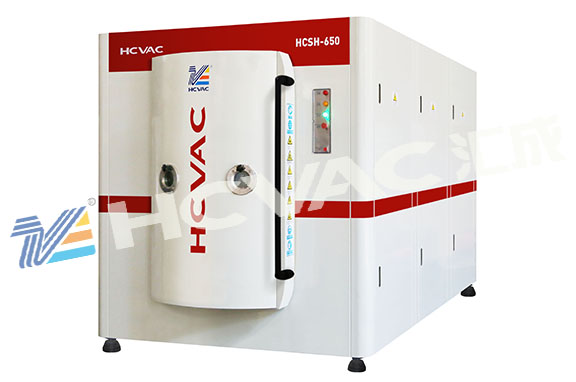


News centres
The multi-arc ion coating machine is relatively fierce in the vacuum coating extrusion. Its most important feature is that it can exert pressure on the substrate, and then add conditioning energy. In addition to the traditional DC bias, it successfully uses the high-frequency pulse bias technology. The frequency, amplitude and duty ratio of the pulse are adjustable, including monopolar pulse and bipolar pulse. In this way, the bias voltage and substrate temperature parameters can be controlled separately. Applying bias voltage on the substrate can produce greater electric field force, which makes some positive ions in the plasma accelerate to reach the substrate for bombardment and accumulation. That is to say, plasma is generated by gas discharge. After bumping and ionization, in addition to some working gases, the membrane atoms are also ionized. Together, negative bias voltage is applied to the substrate, which can accelerate the addition of energy to the working gases and the ionized ions of the membrane materials, and attract them to the substrate; The vacuum coating machine bombards the substrate while stacking, which greatly improves the quality and function of the film. This is the most outstanding feature of ion plating technology. The essential difference between ion plating and transpiration plating and sputtering plating is that the former applies negative bias on the substrate, while the latter does not apply negative bias on the substrate. Therefore, in the various transpiration plating and sputtering plating techniques described above, if a certain amplitude of DC or pulse negative bias voltage can be applied to the substrate (conductive substrate), it can become transpiration ion plating and sputtering ion plating, collectively known as ion plating. The crucible of vacuum arc furnace is generally made of copper. The outside is cooled by water, which is called crystallizer, also called water-cooled crucible. Some crucibles are semi-spherical and condensed into a thin shell with melted materials. This crucible can be used to refine metal alloys in the crucible. Then cast special-shaped castings, and cooperate with them, generally using consumable electrodes, but also using non-consumable electrodes.
